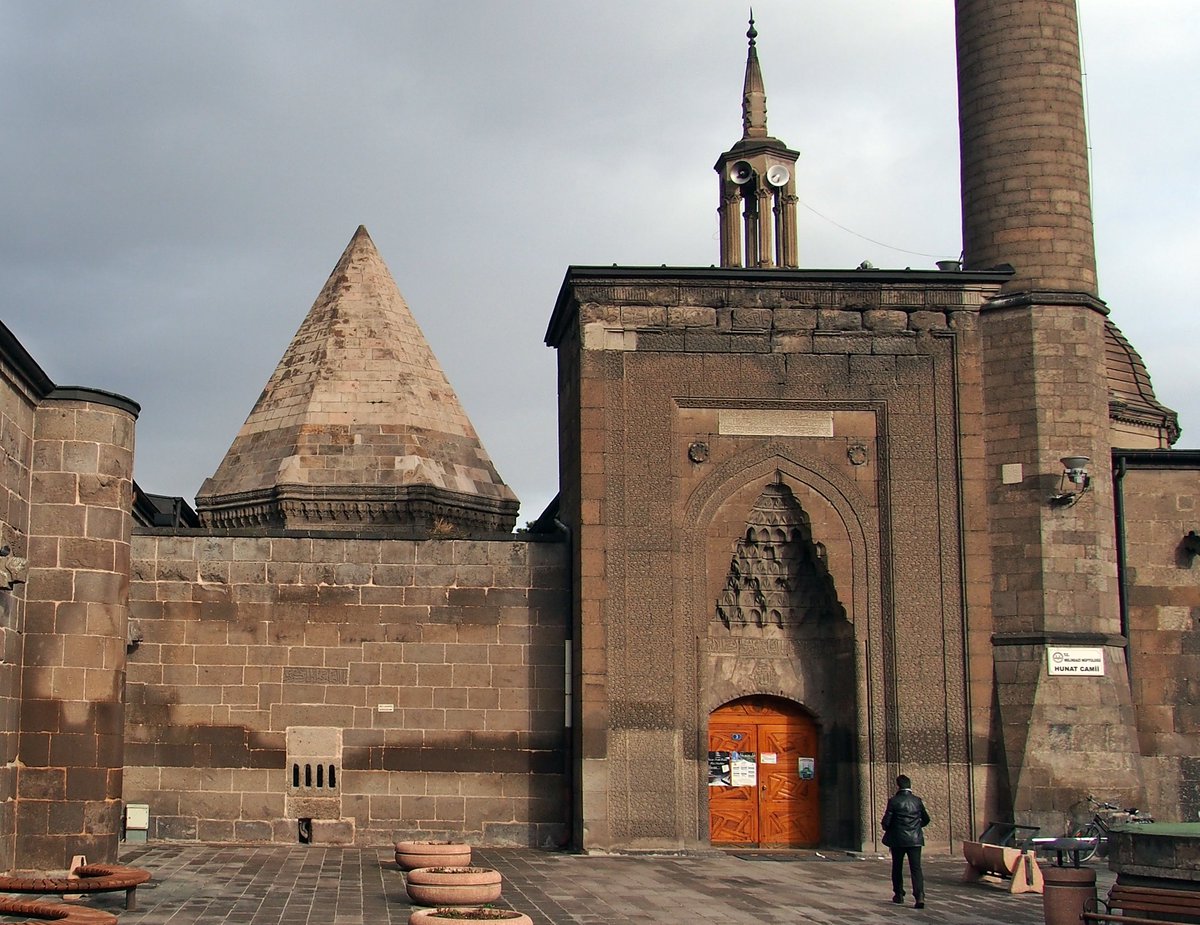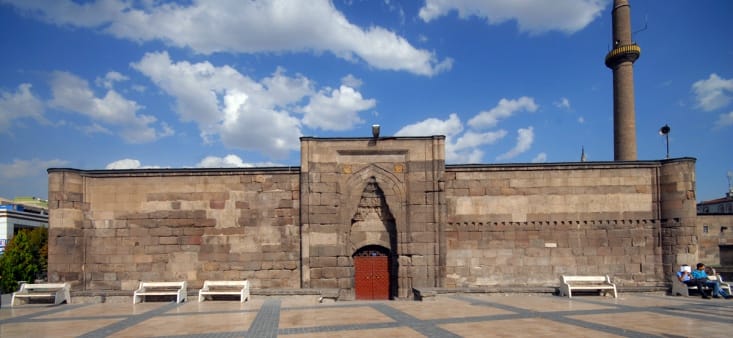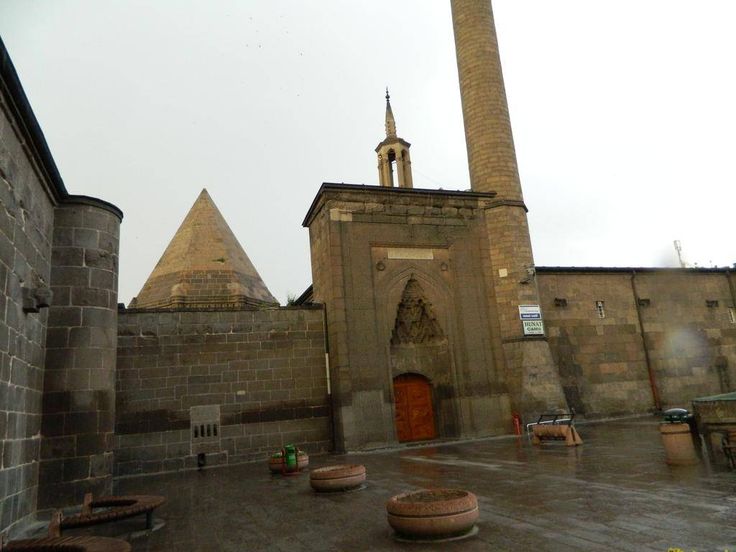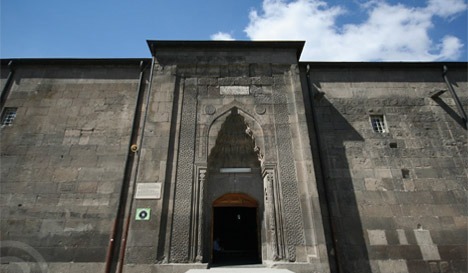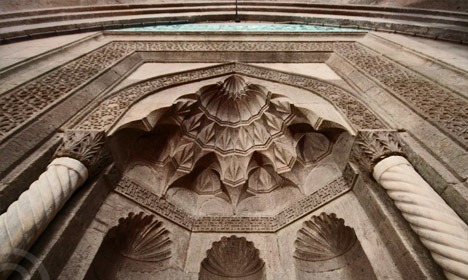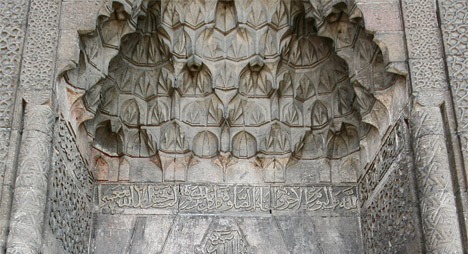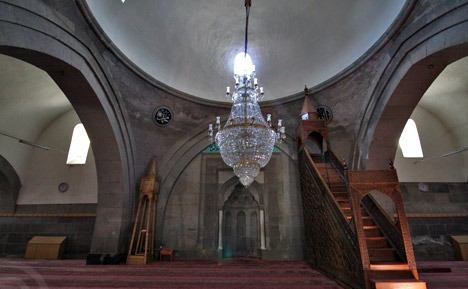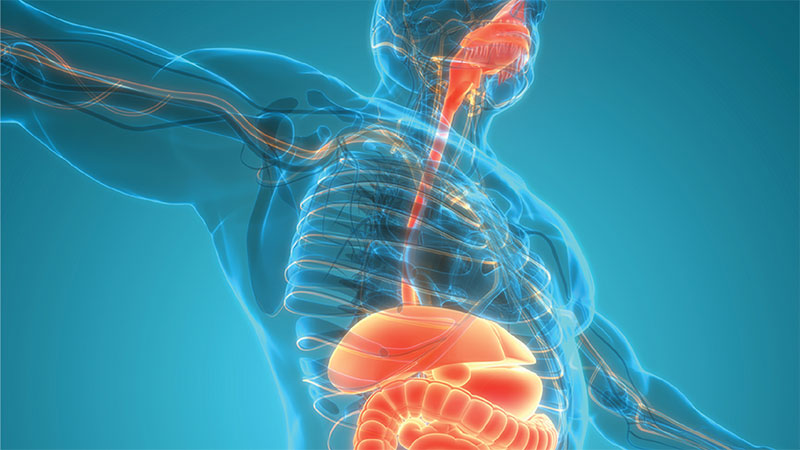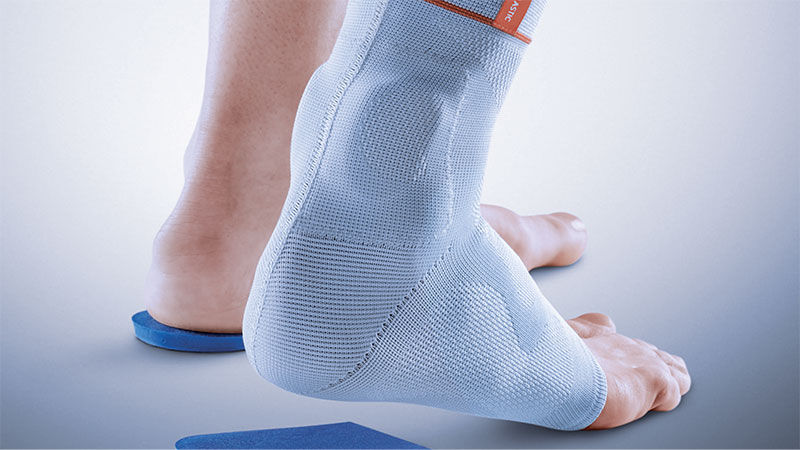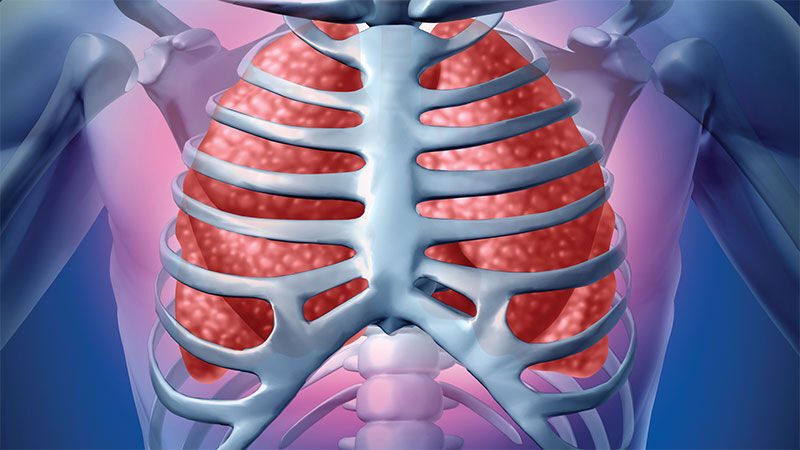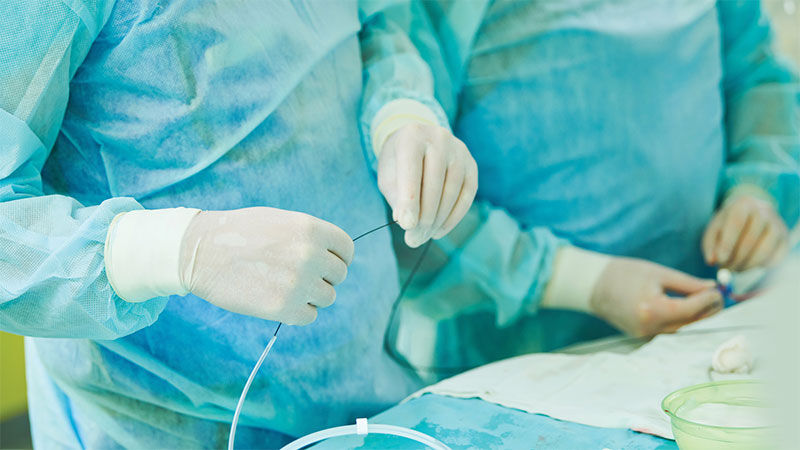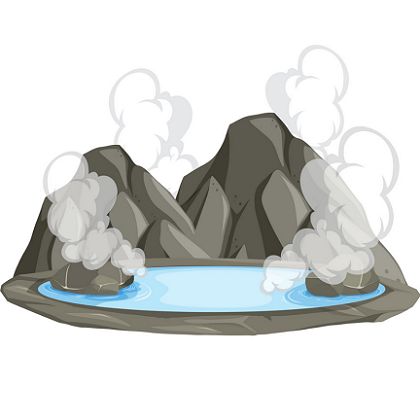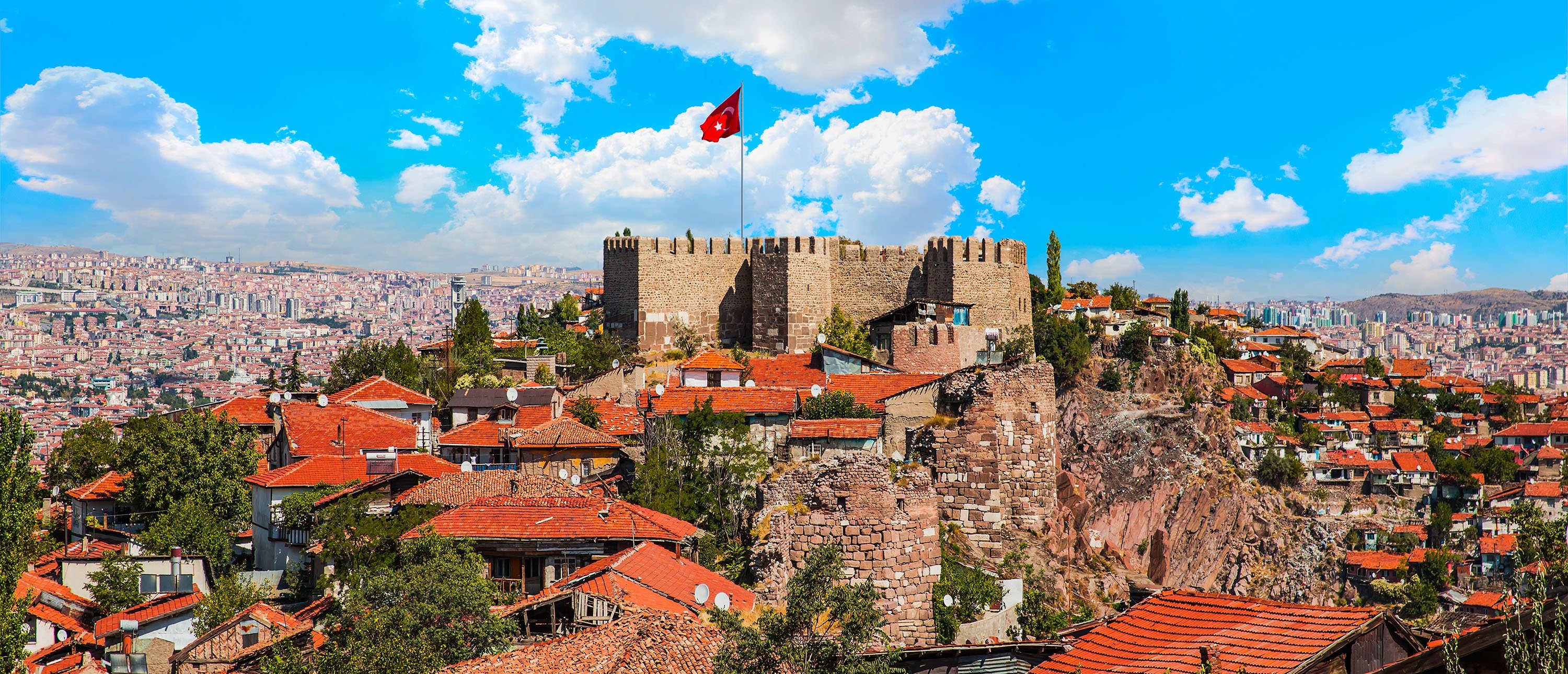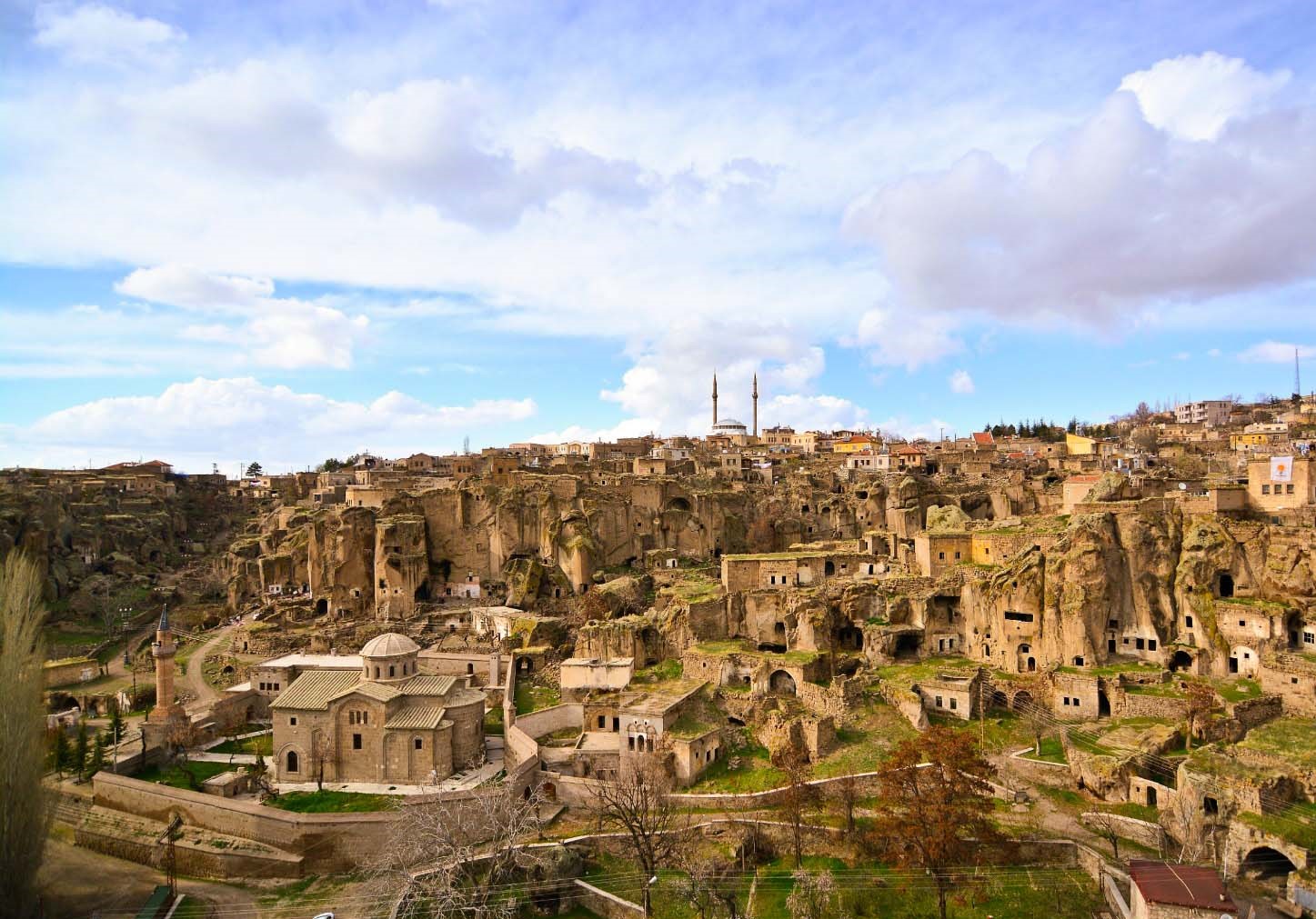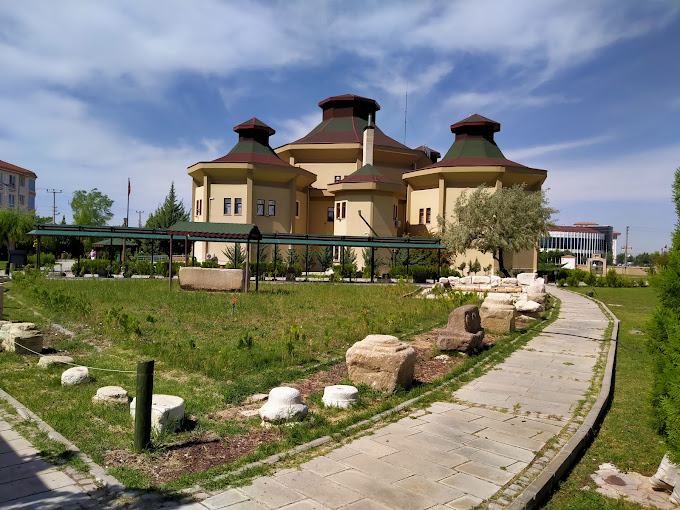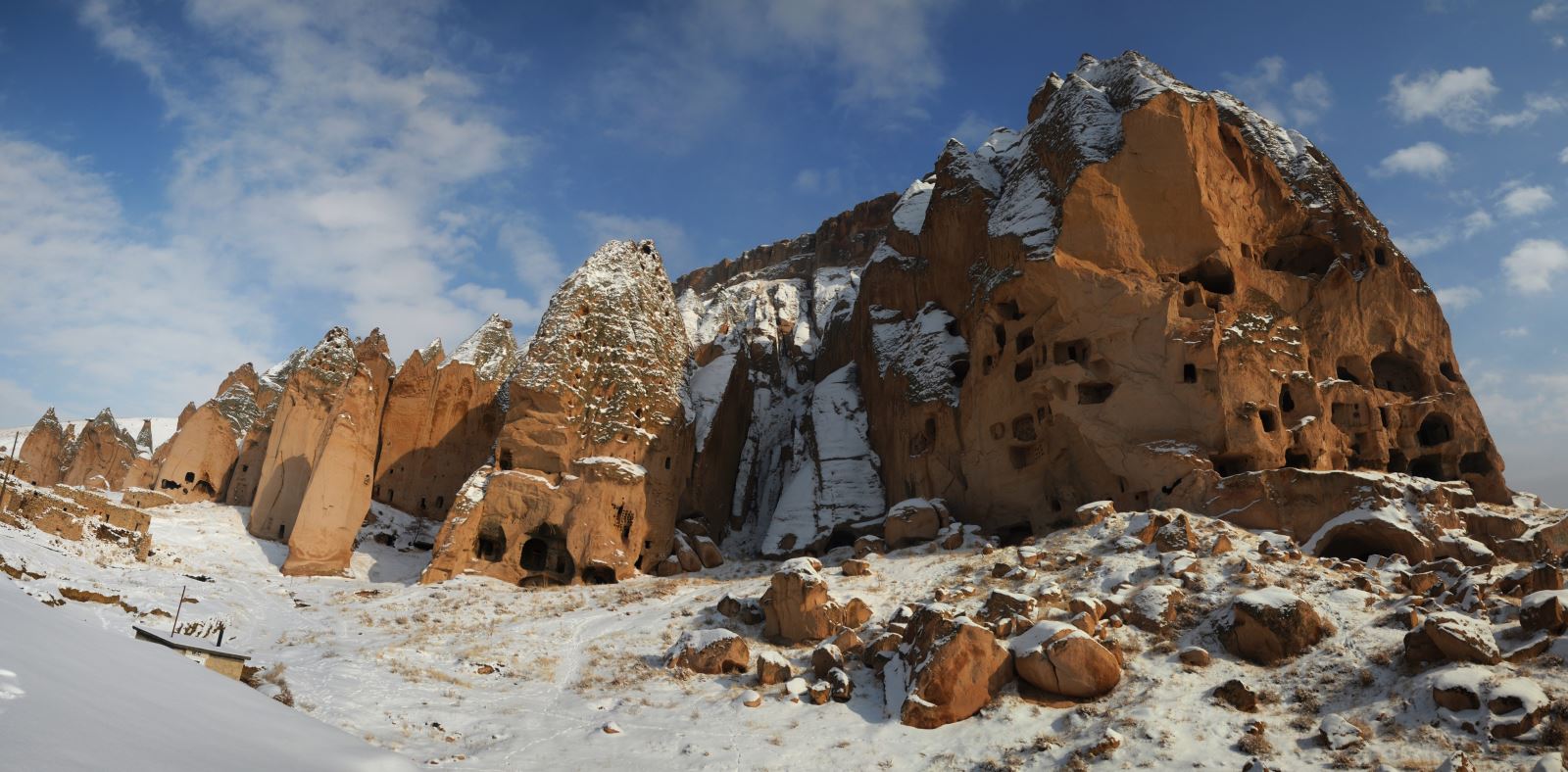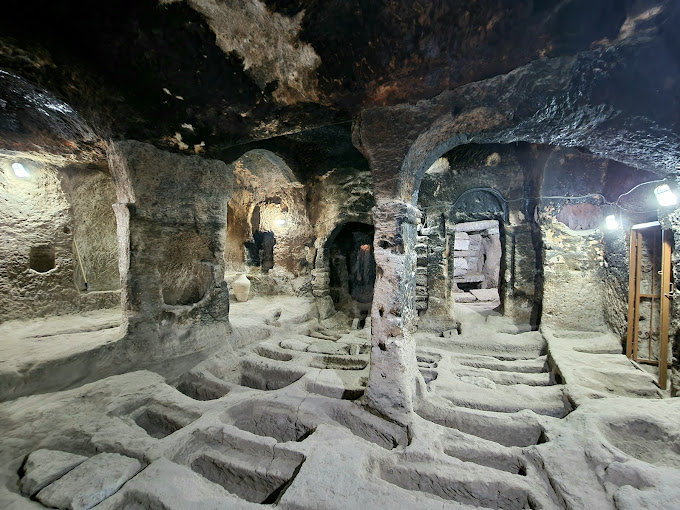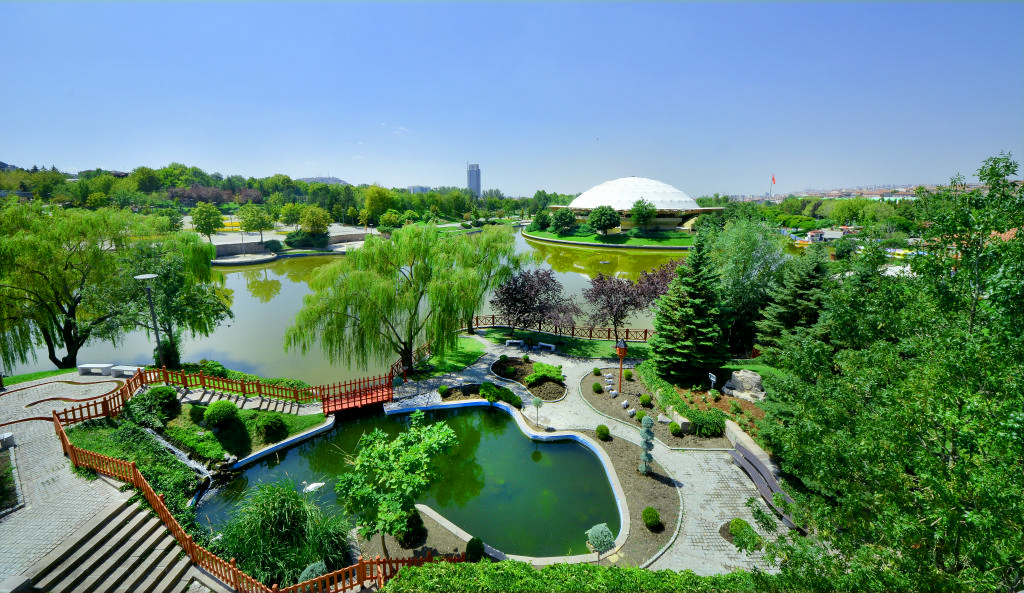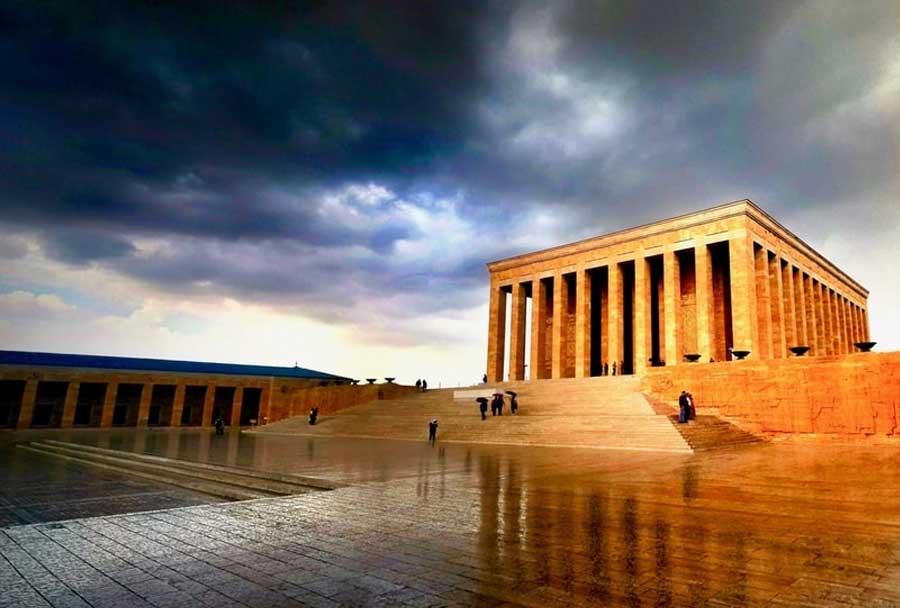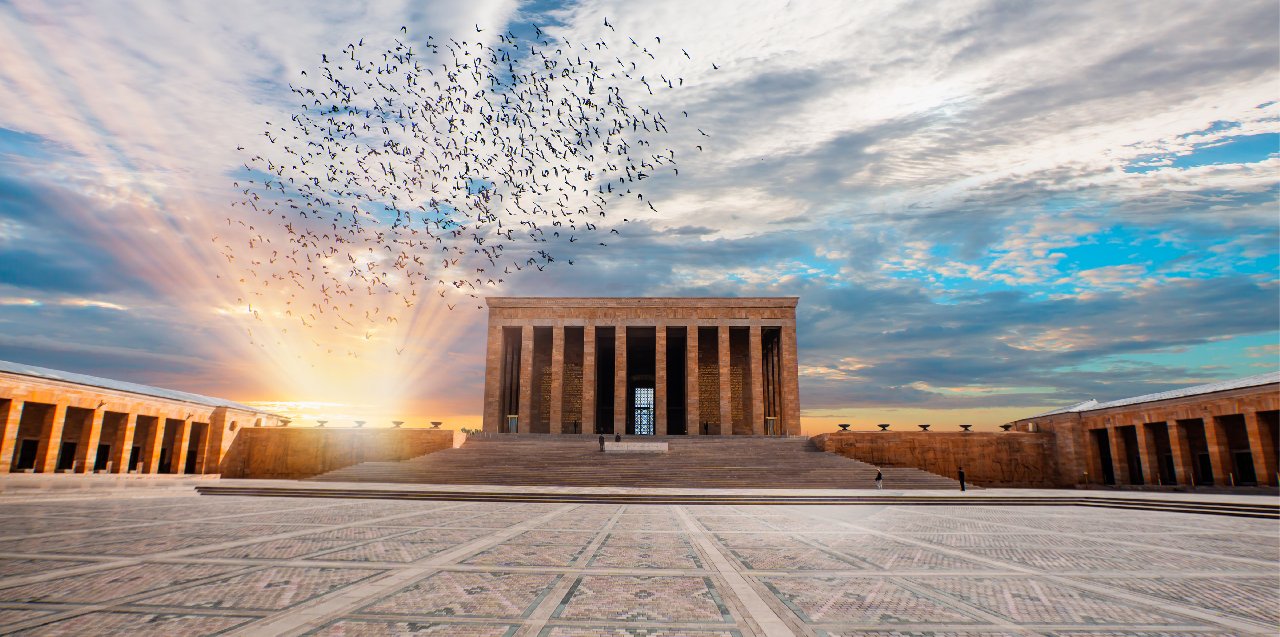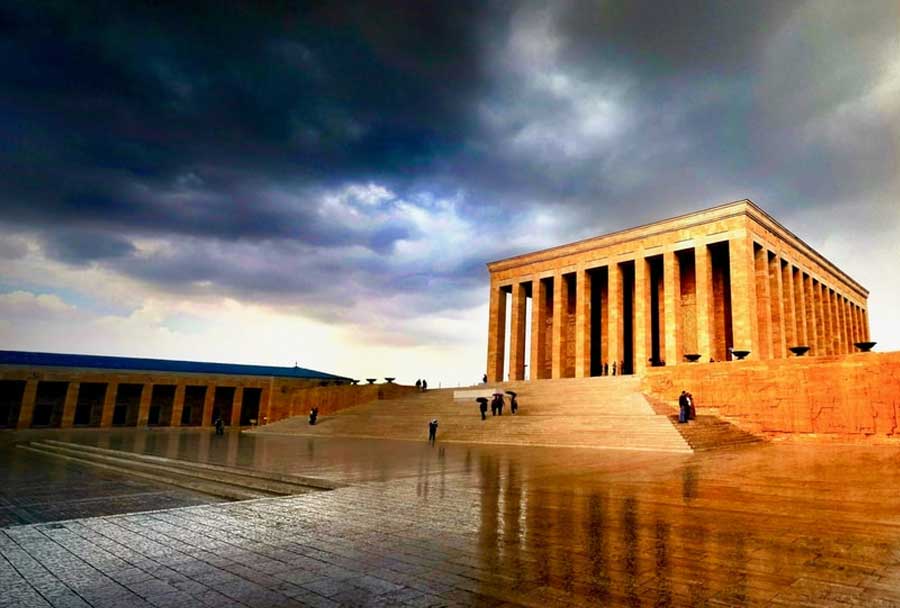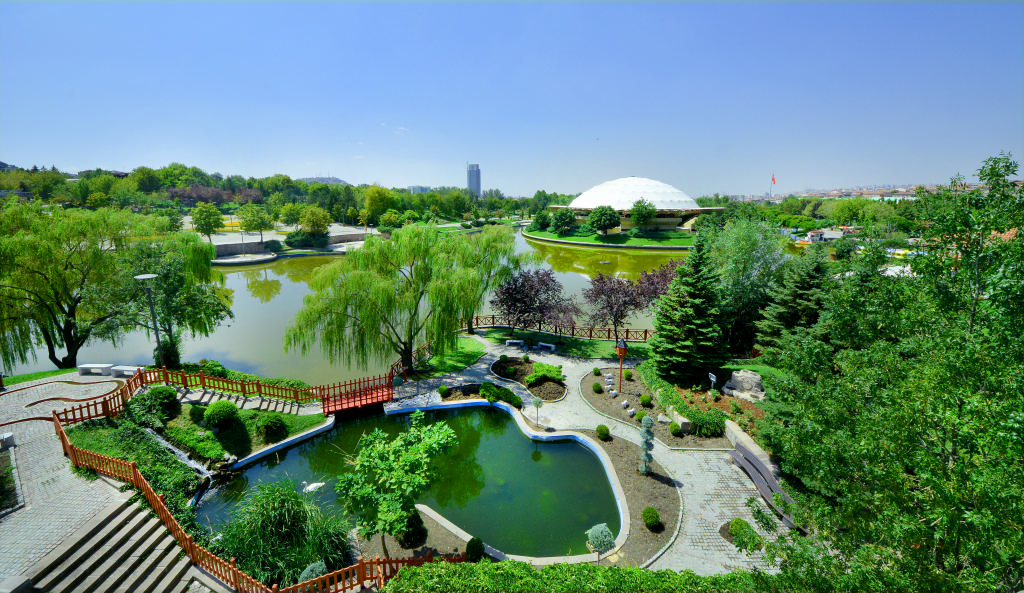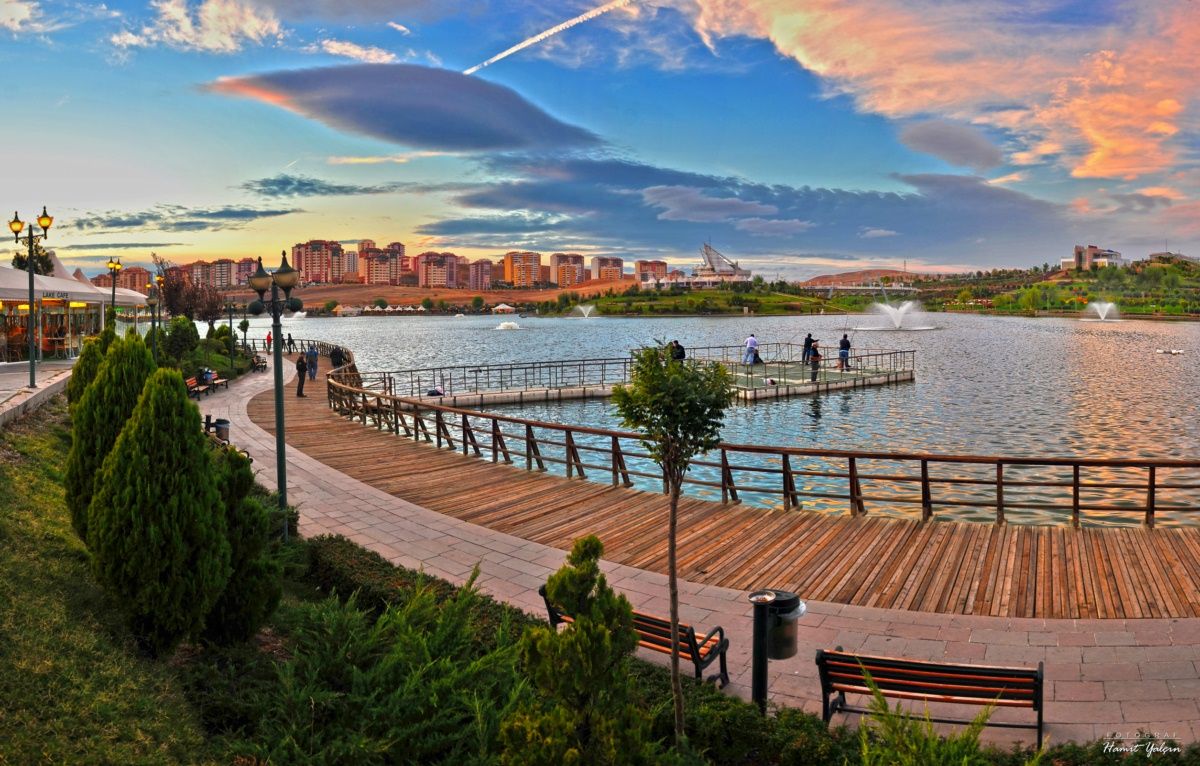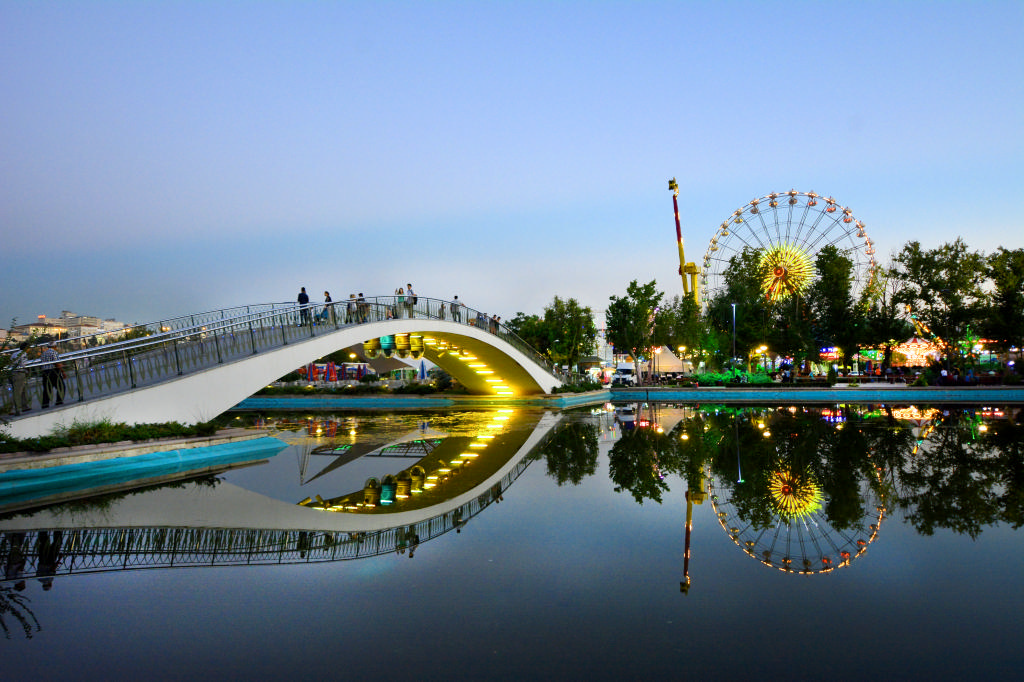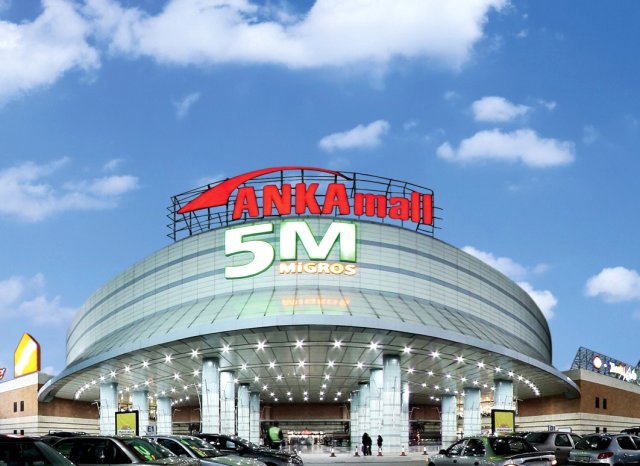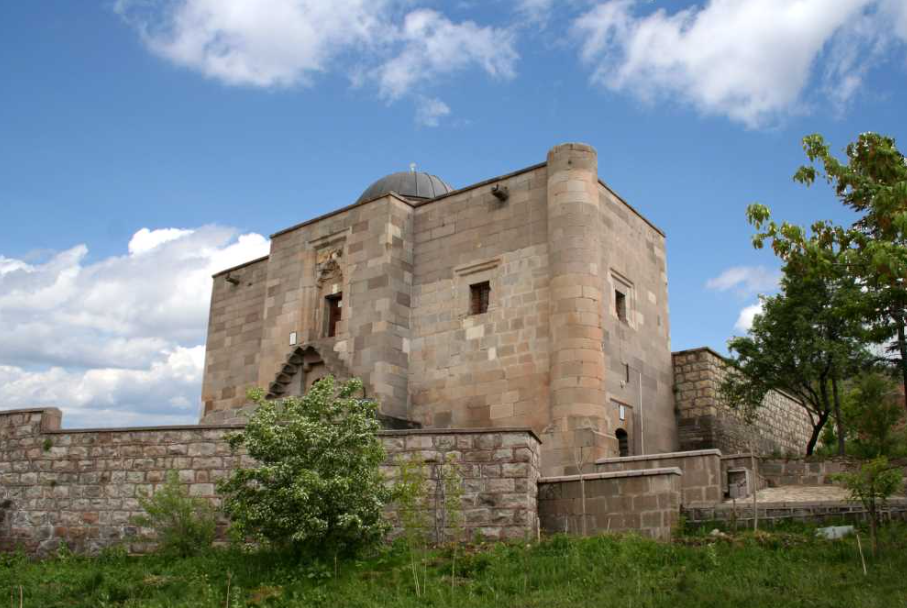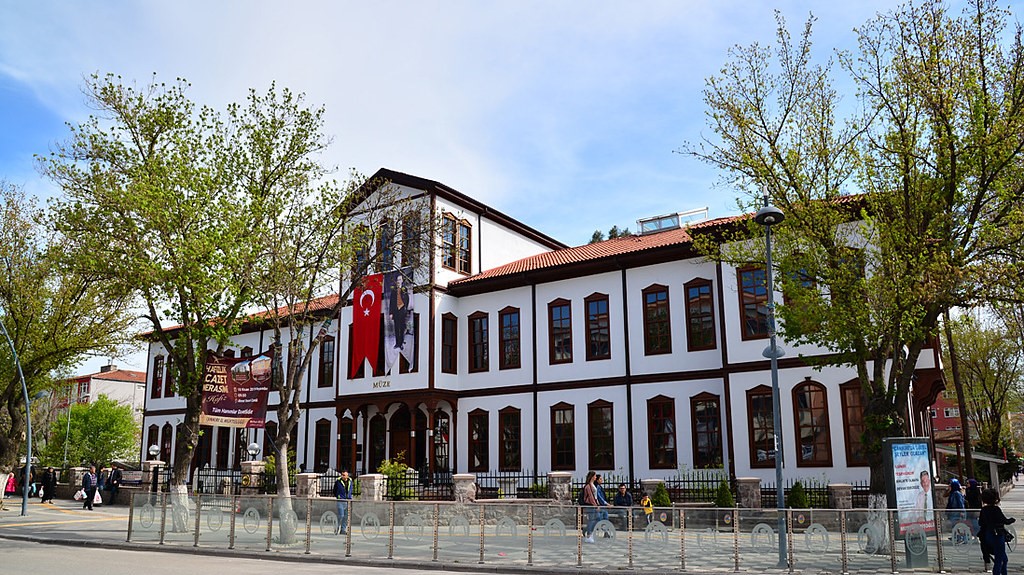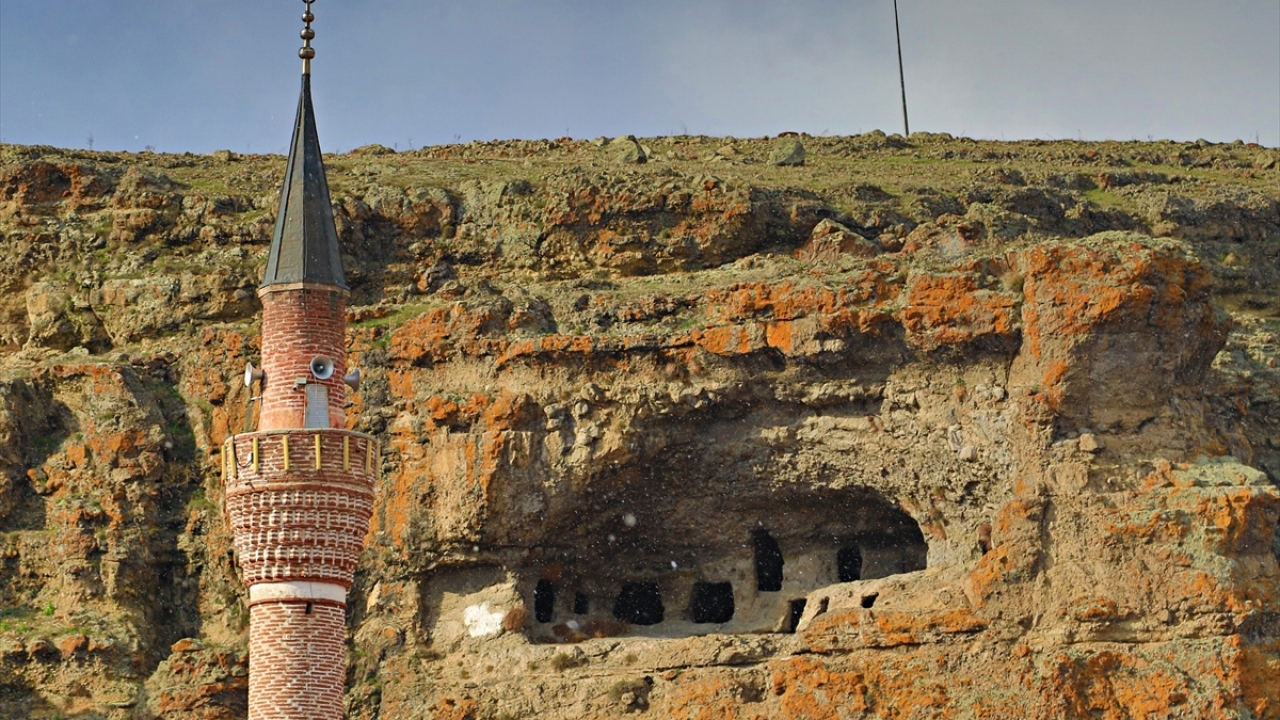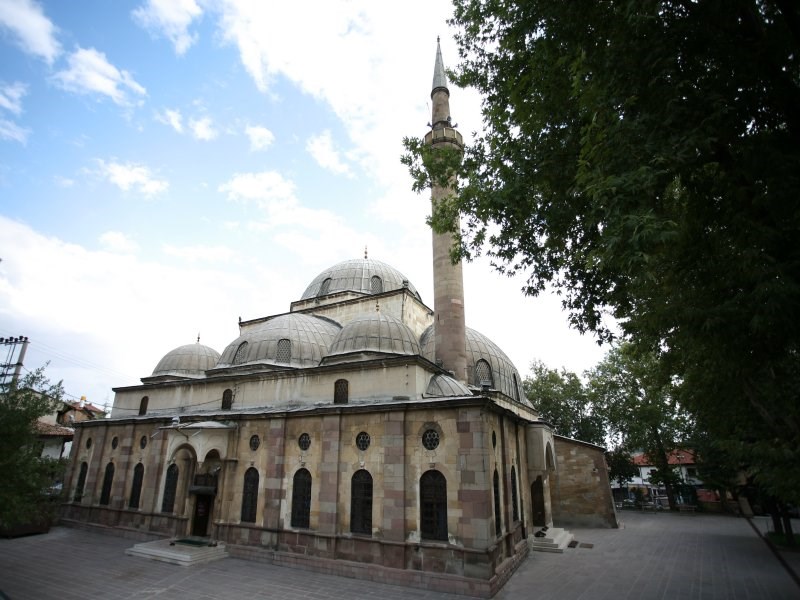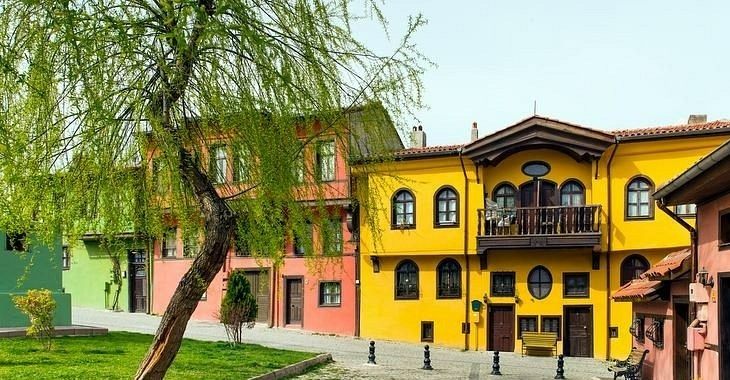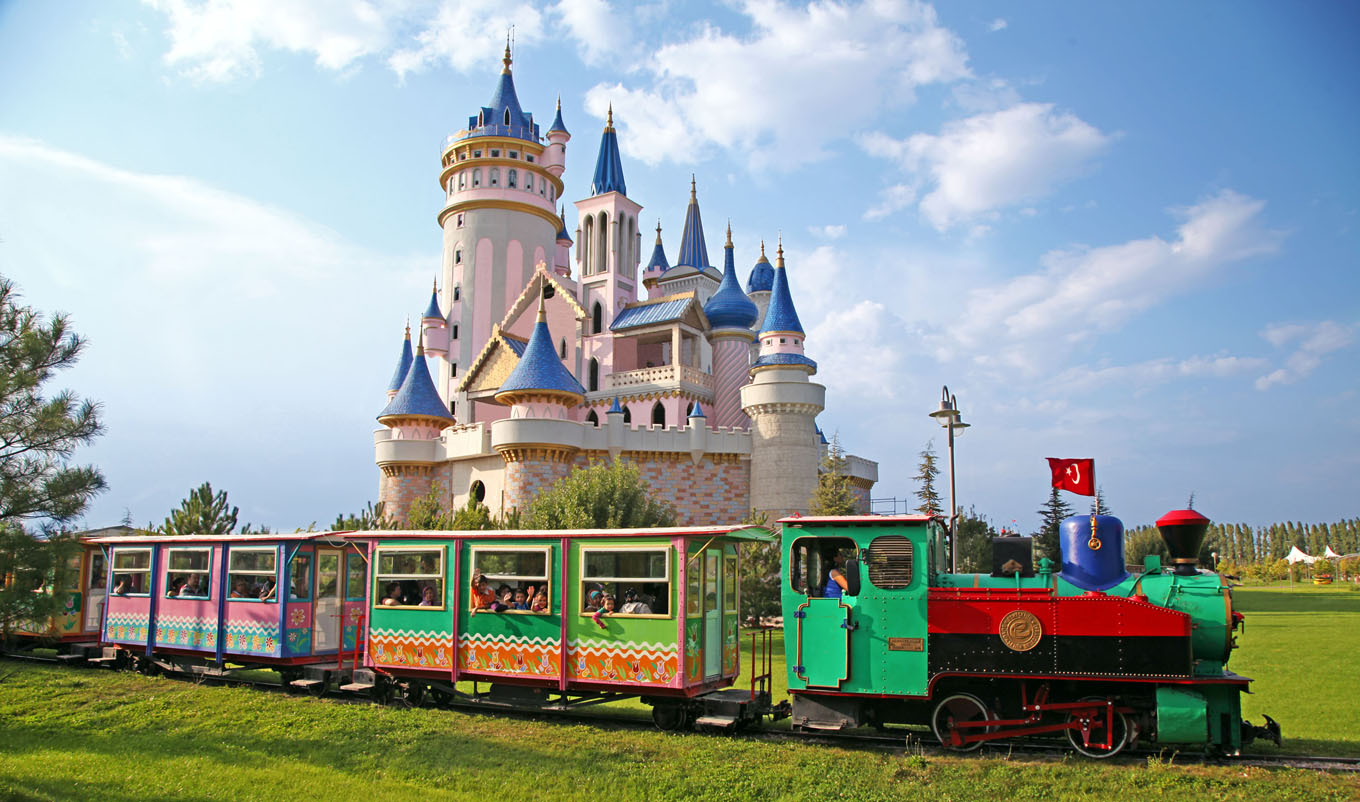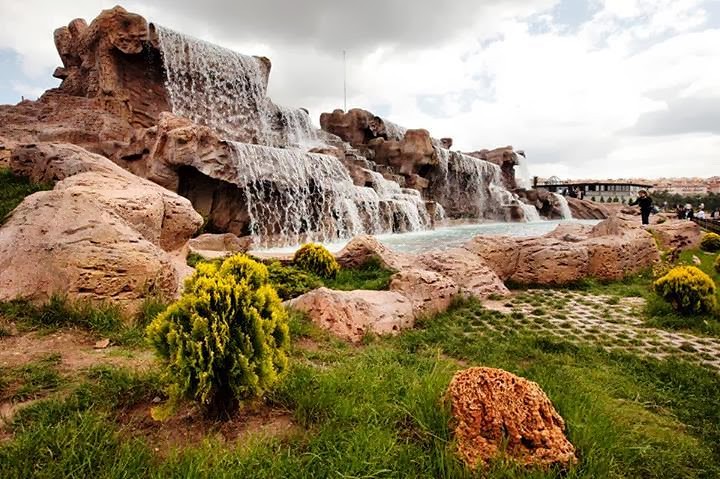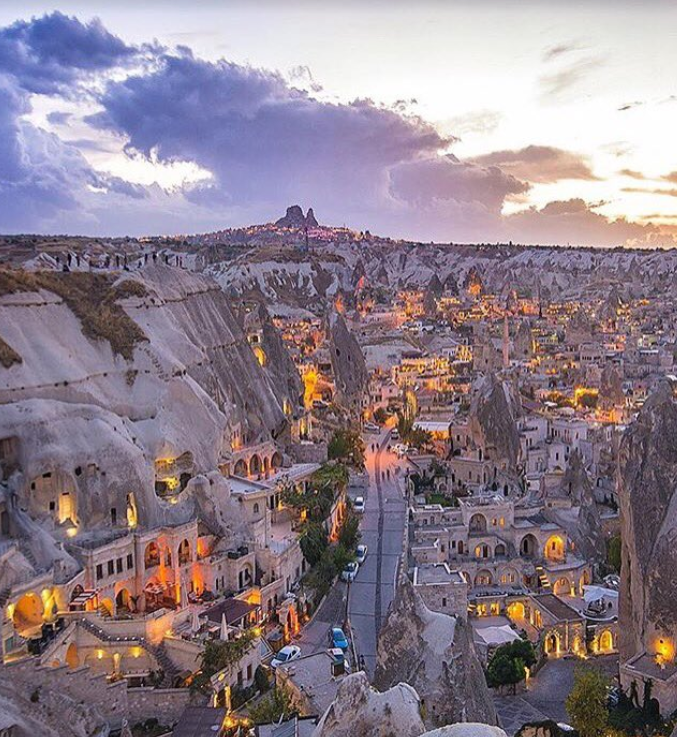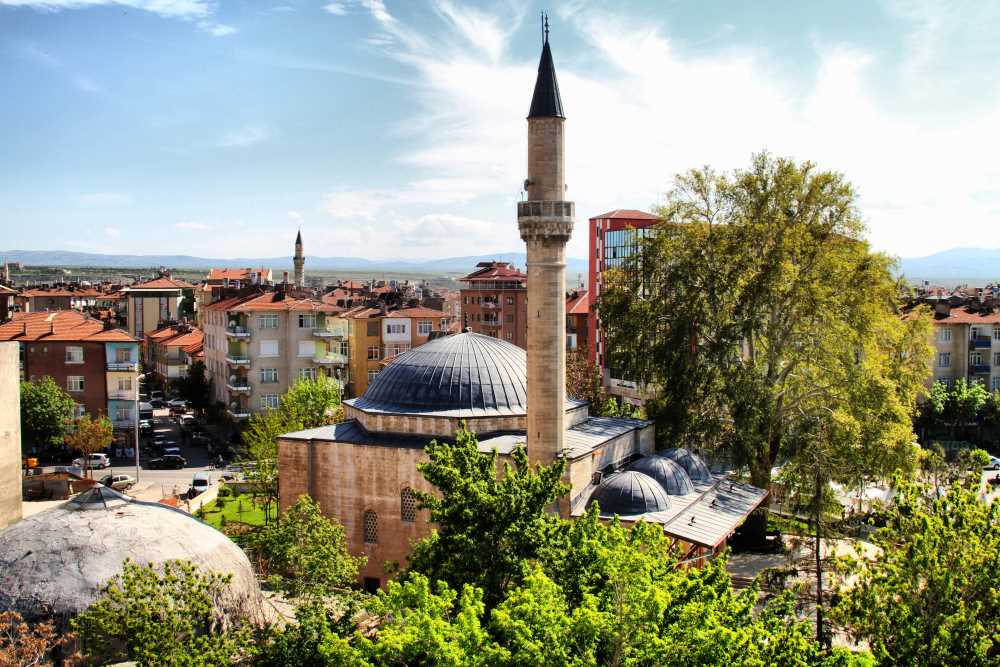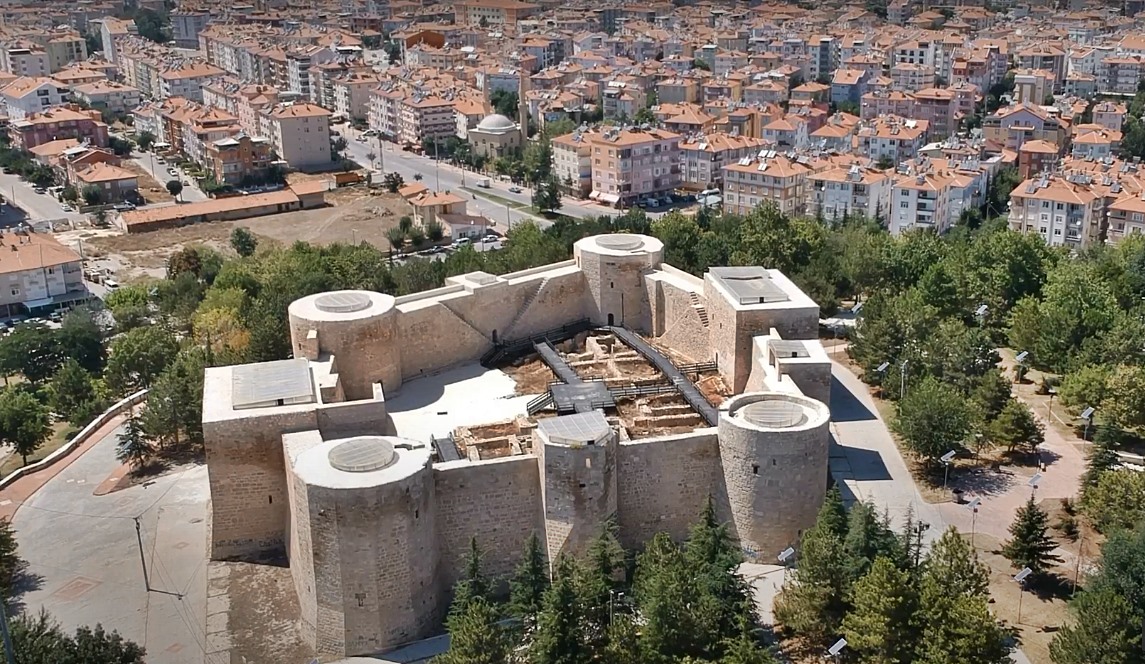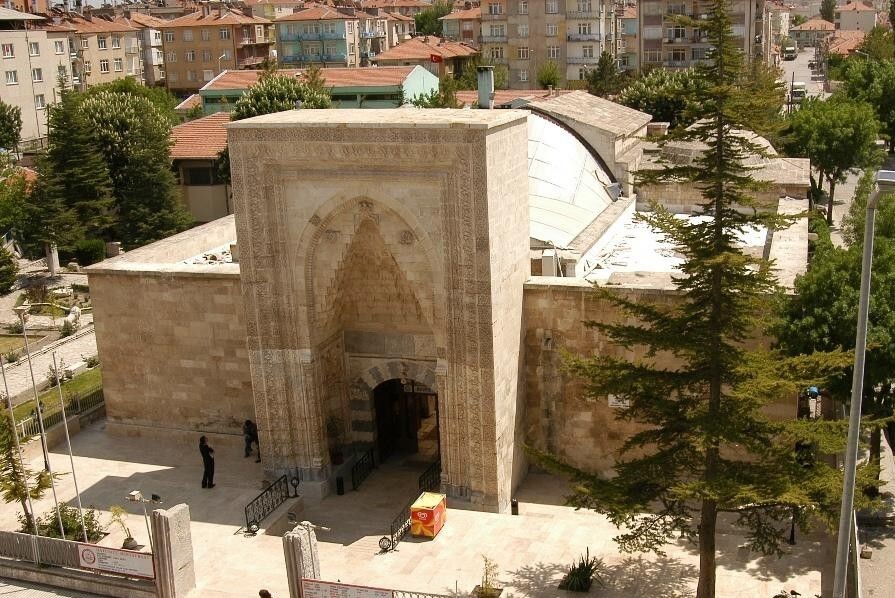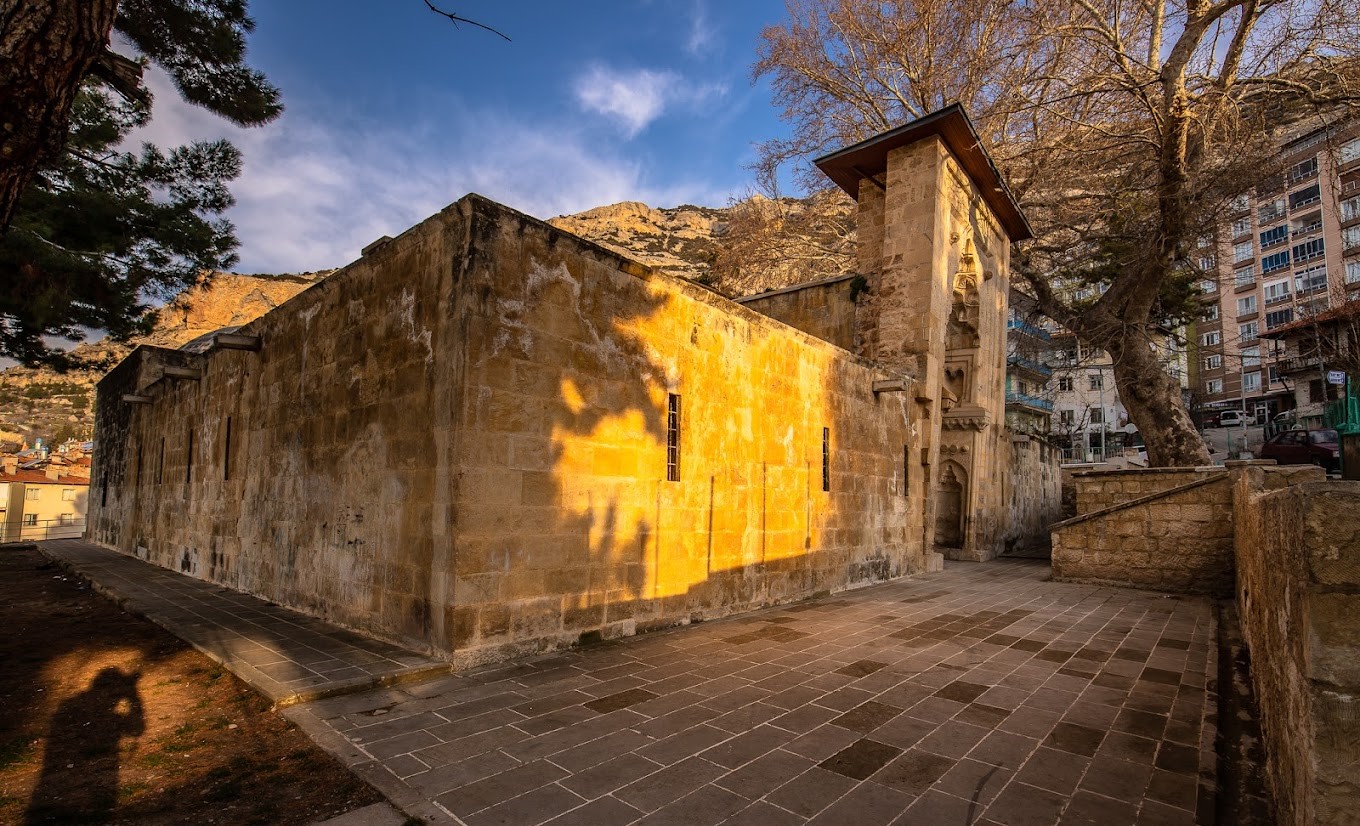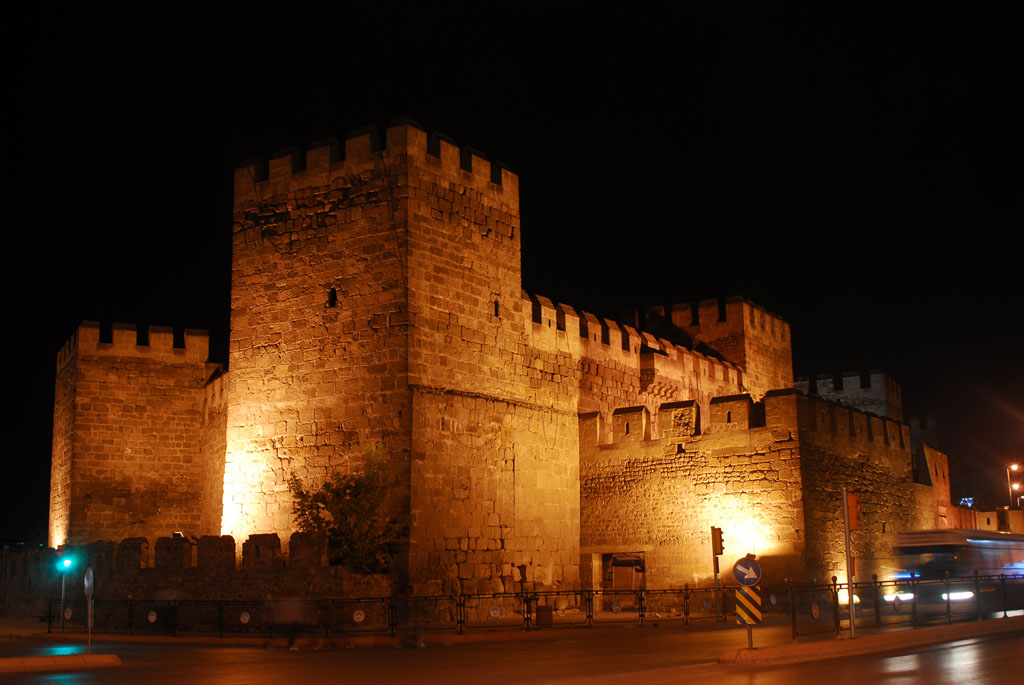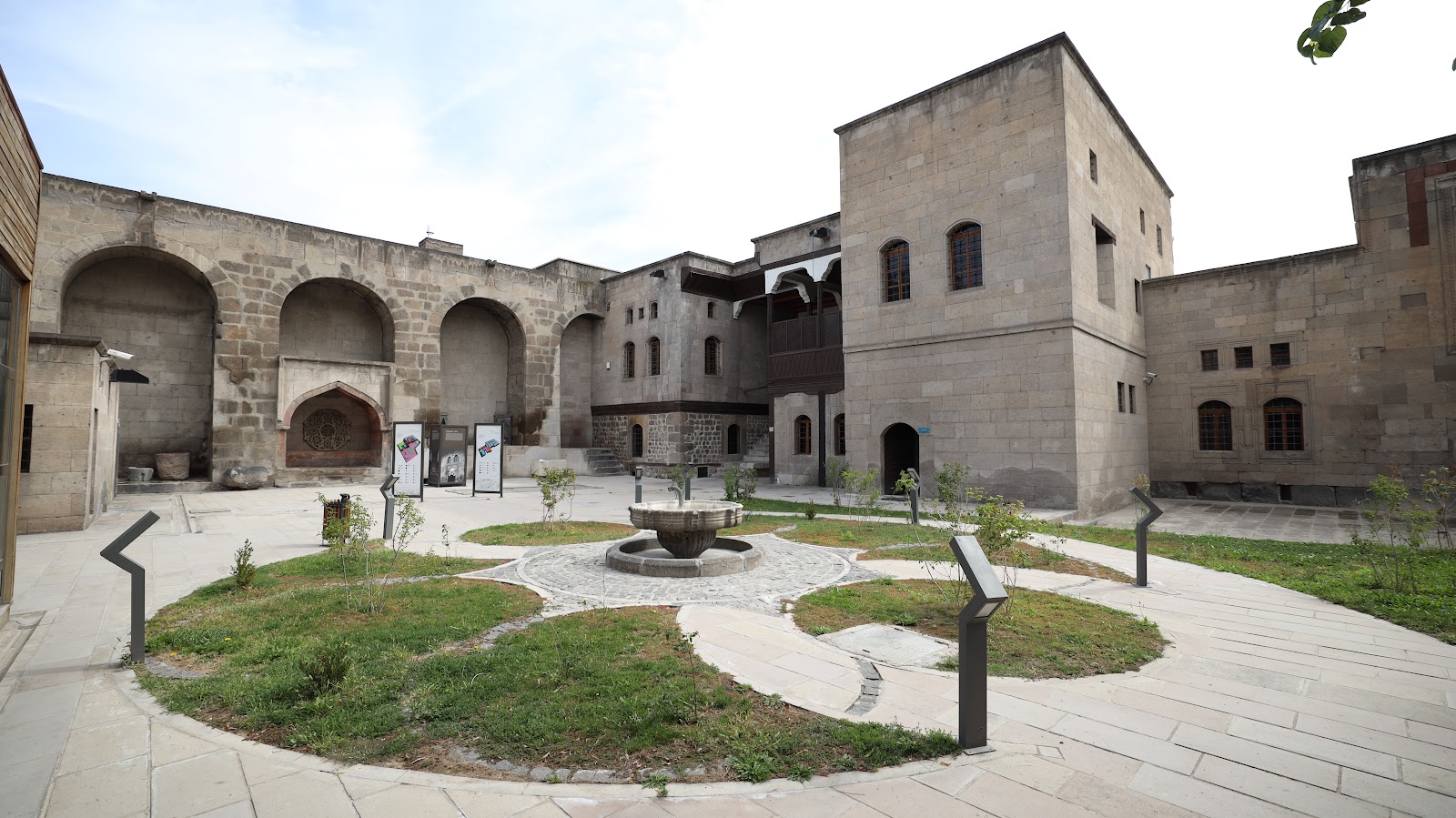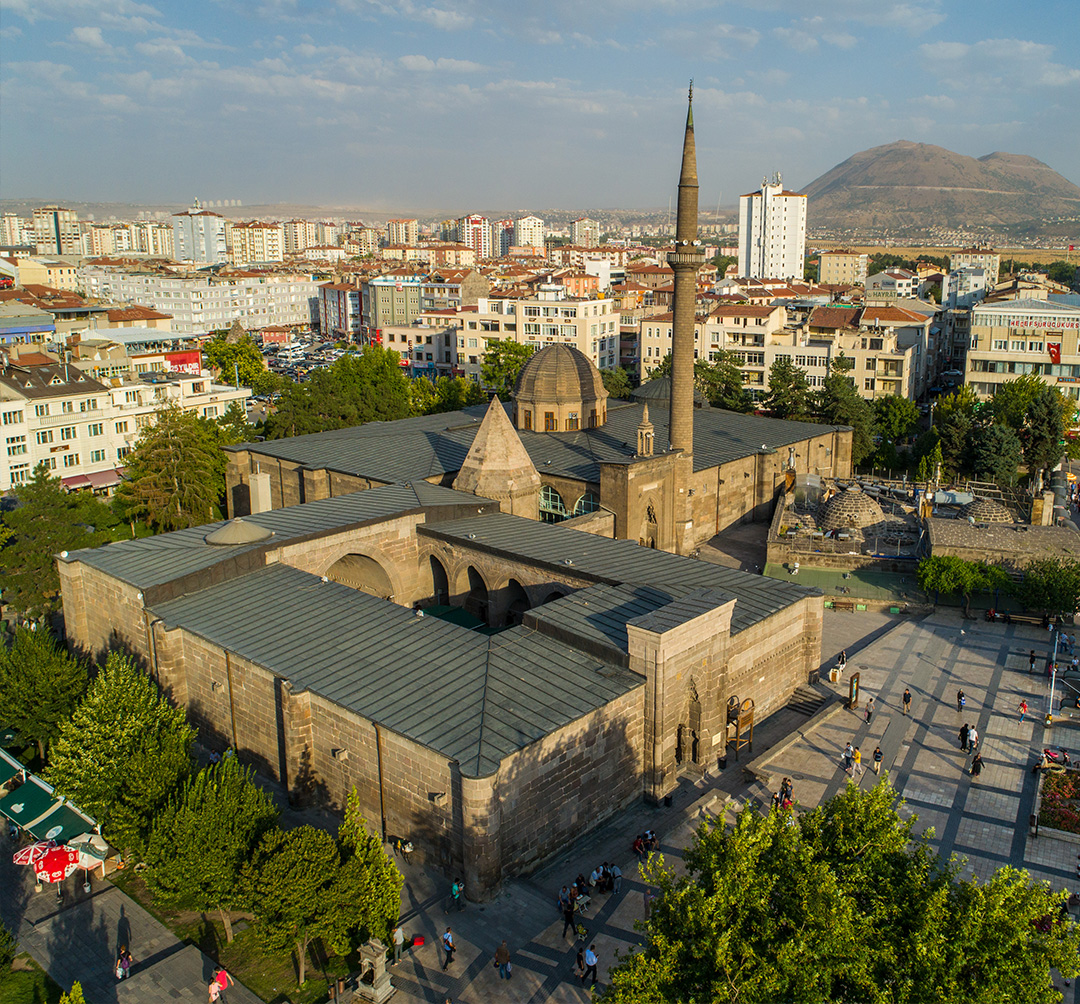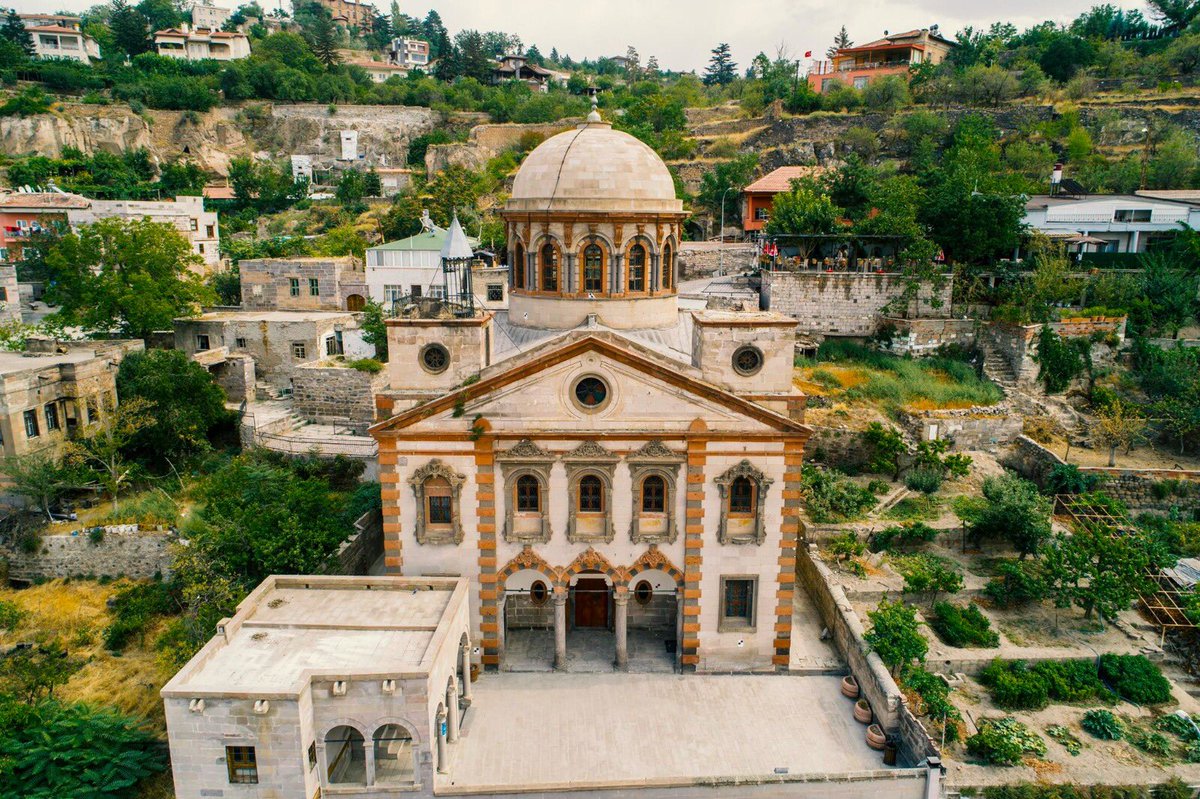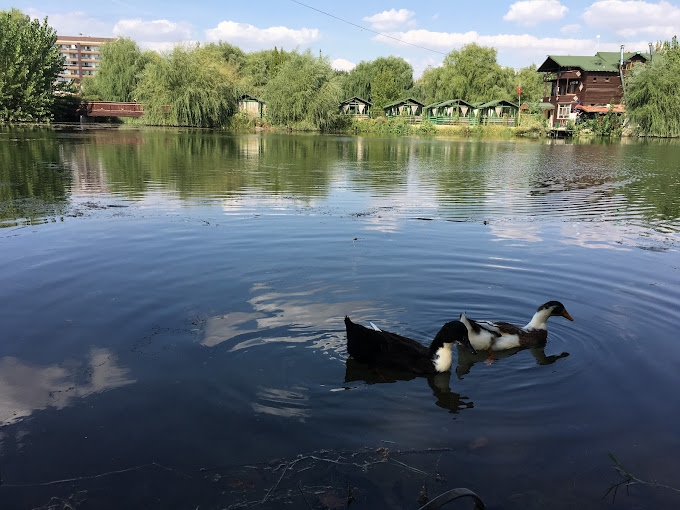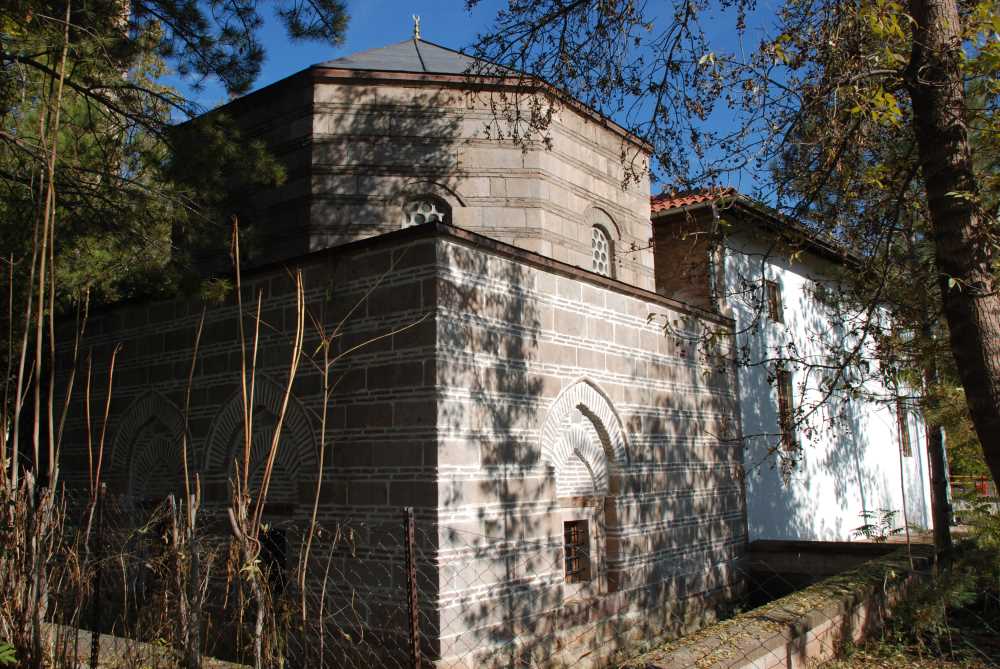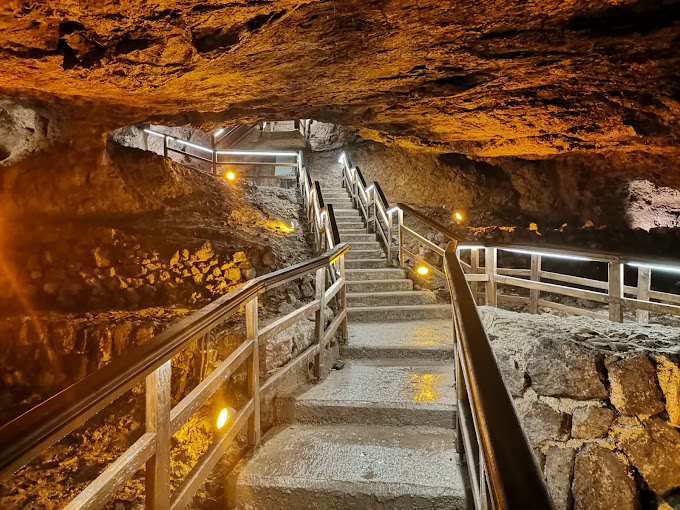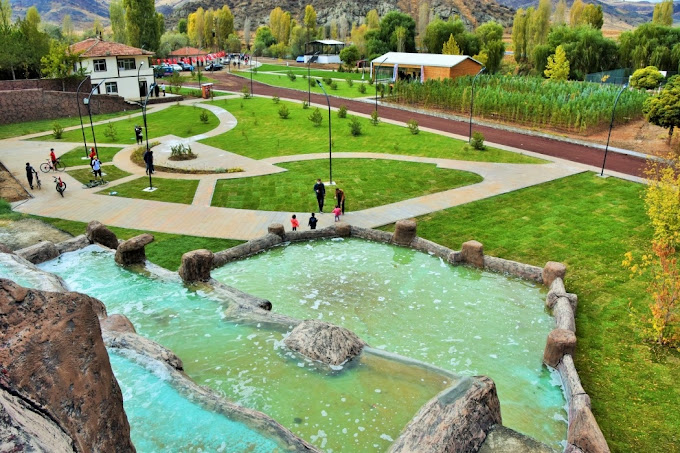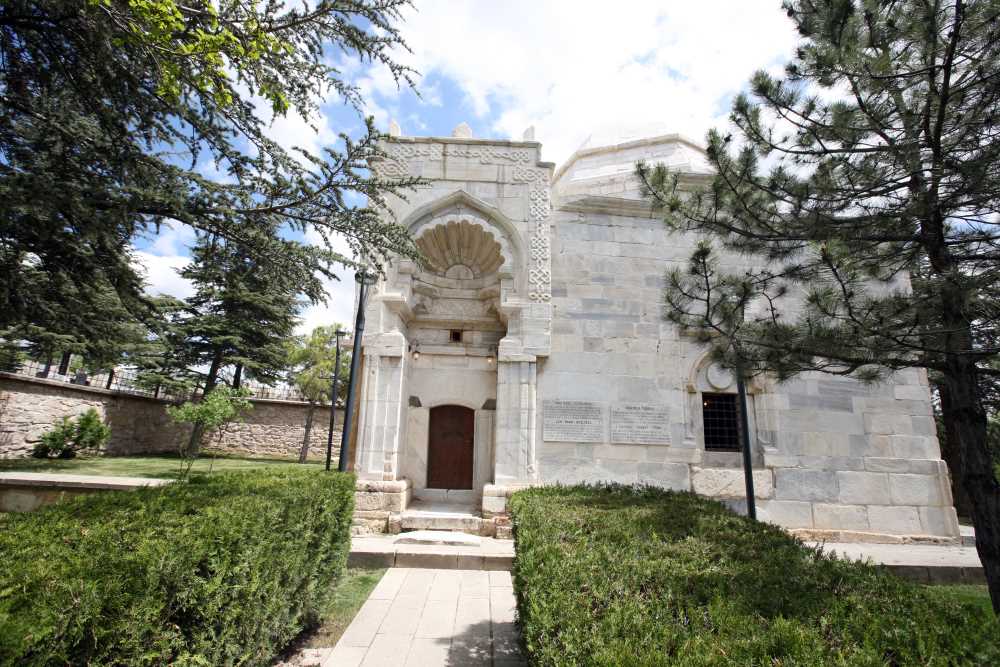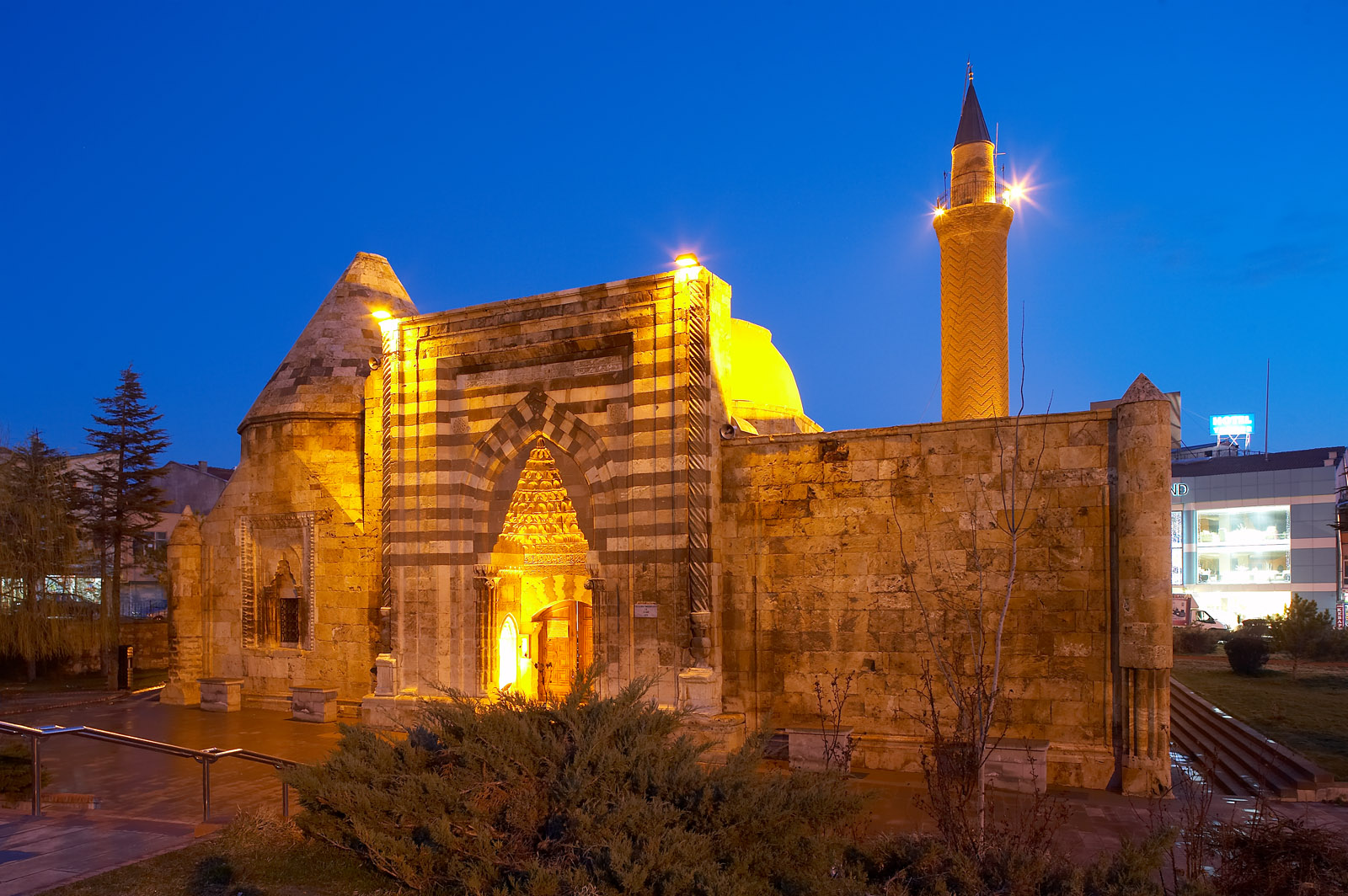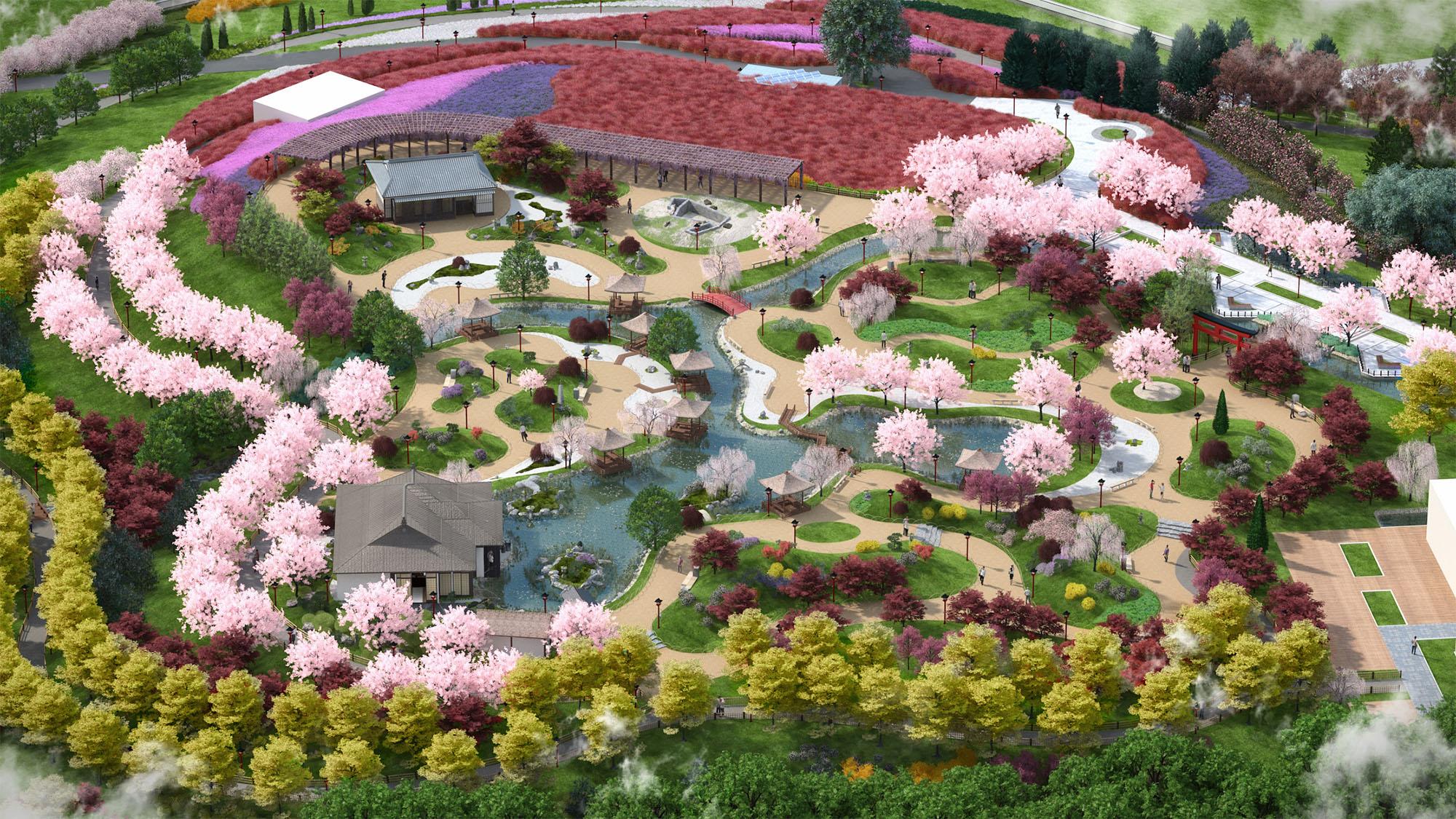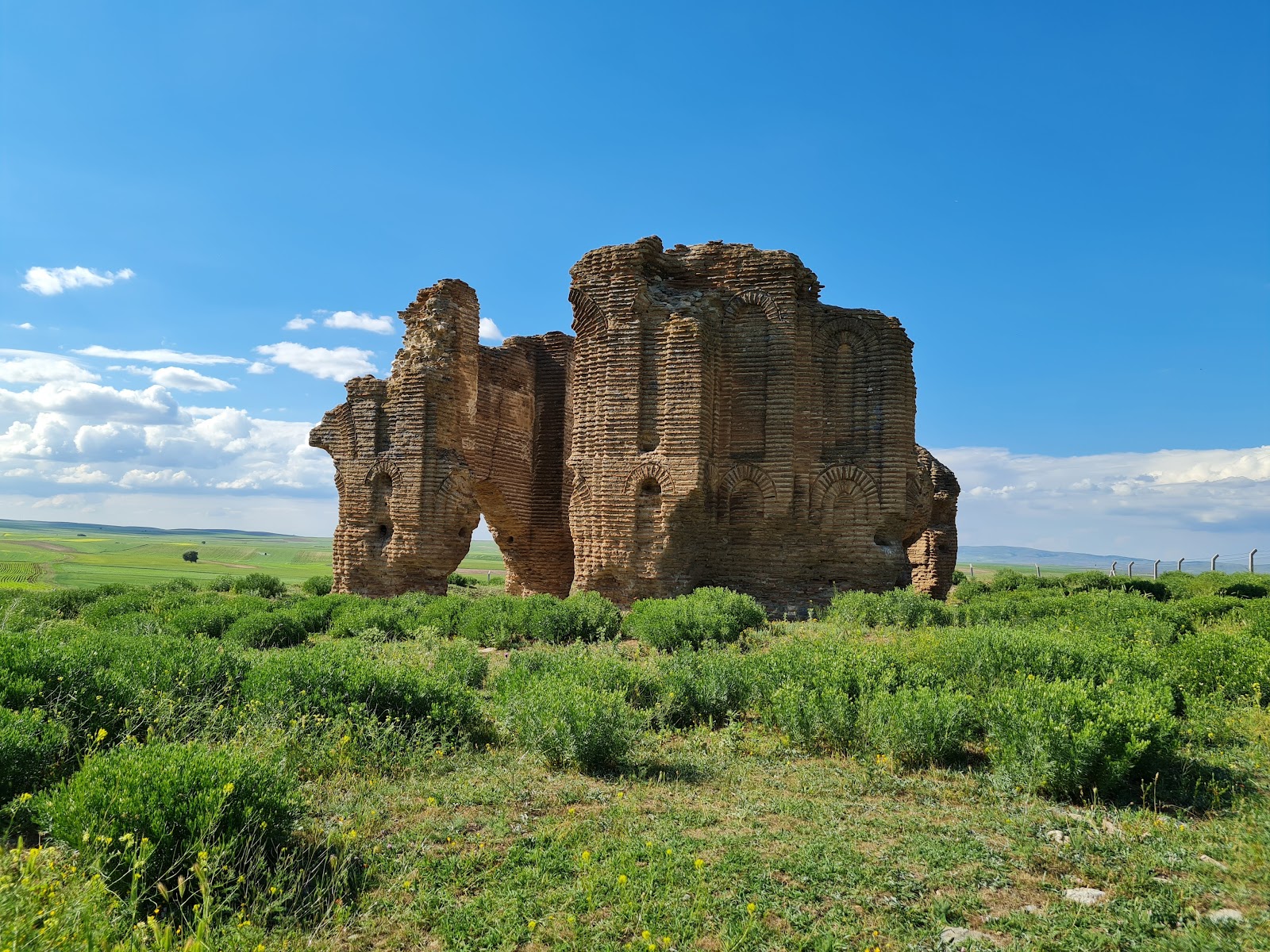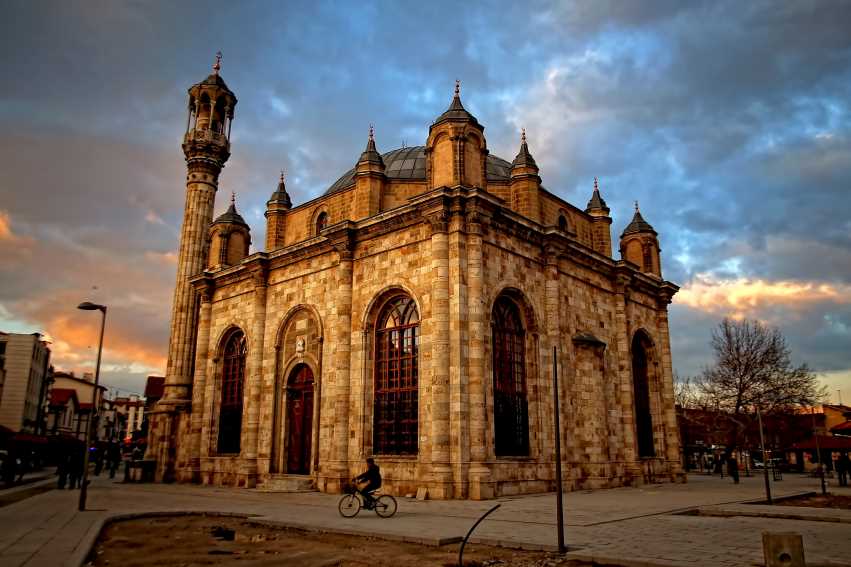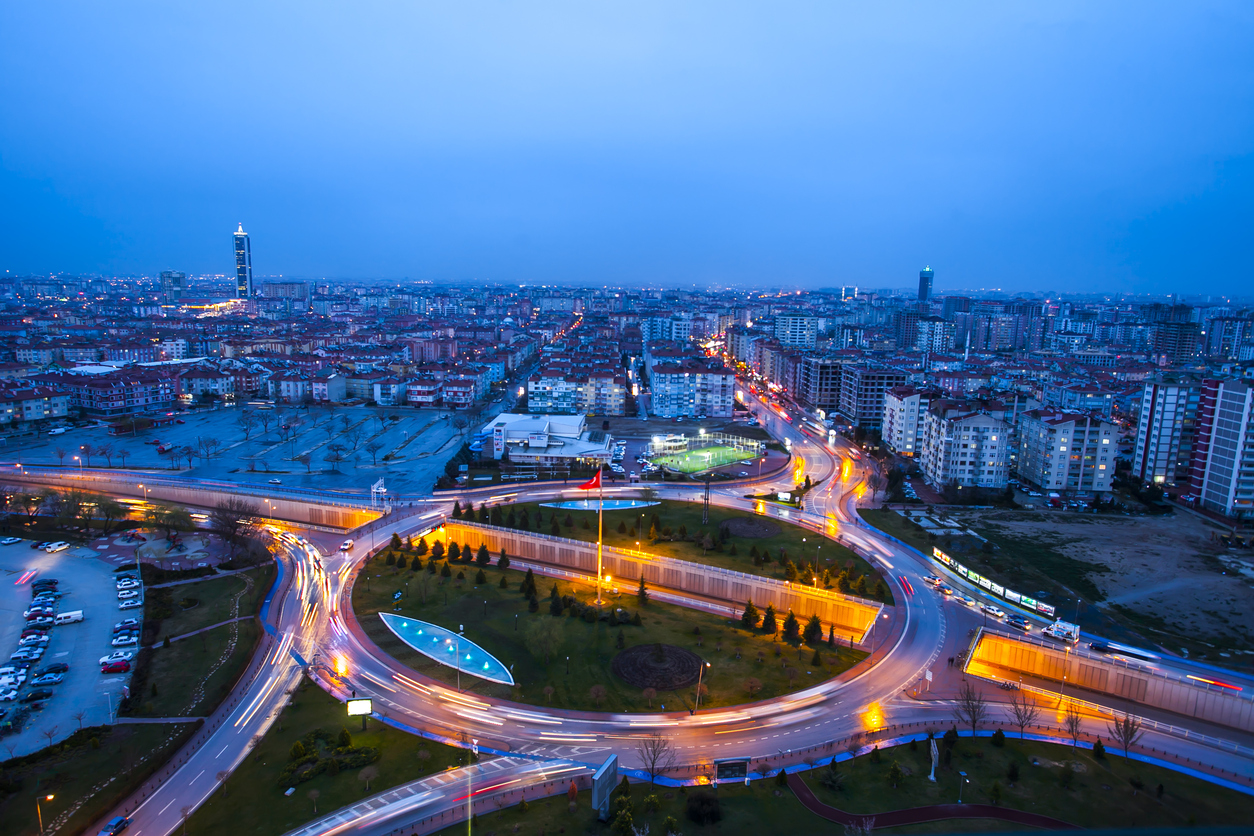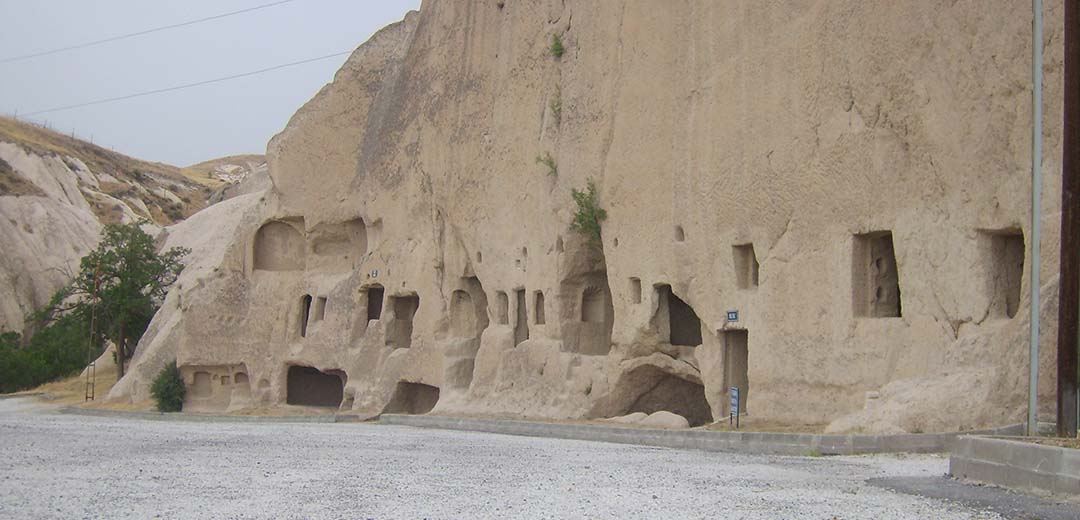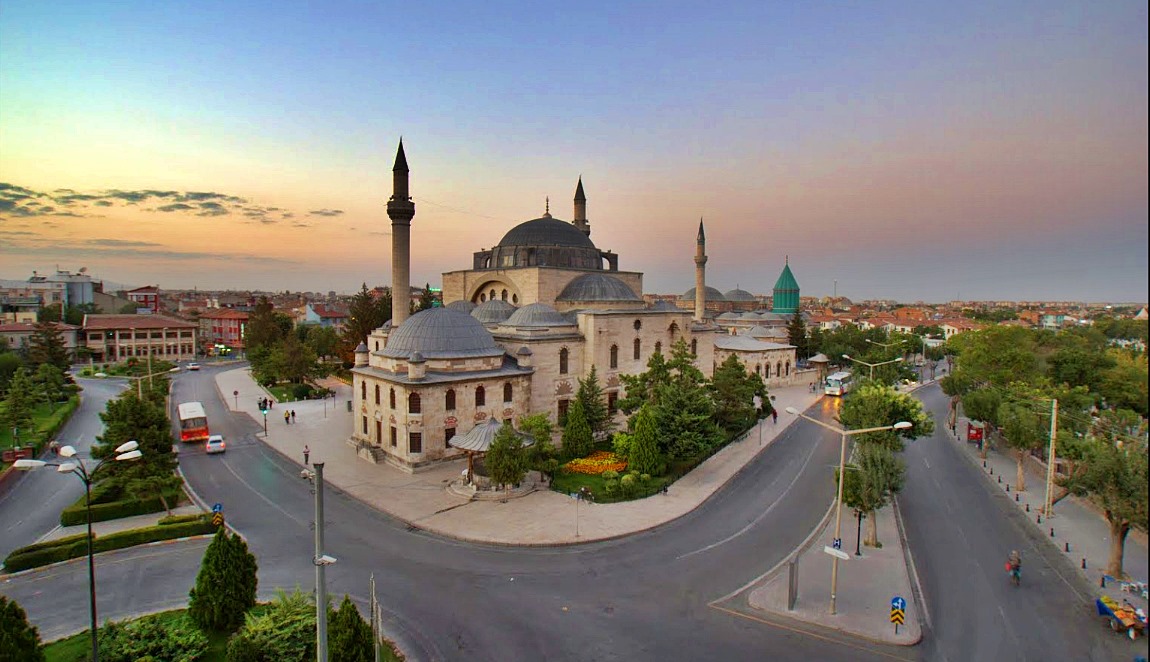Hunat Hatun Mosque and Complex
Hunat Hatun Complex, wife of Alaeddin Keykubad I, II. It is a complex built in 1238 in Kayseri city center by Mahperi Hunad Hatun, the mother of Gıyaseddin Keyhüsrev. Hunat Hatun, from a hadith ("When a human being dies, the book of deeds is closed. Three things keep his book of deeds open: charity-i concubine, knowledge that is benefited from, good son praying for him.") and his father-in-law I The first medical school and hospital built in Kayseri in 1206 by the will of Gıyaseddin Keyhüsrev's sister, Gevher Nesibe Hatun, who died at a young age, was influenced by Gevher Nesibe and Gıyasiyye Healing, which was a Şifaiyye, and devoted herself to charity work. Hunad Hatun Kulliye, which was built of cut stone, consists of a mosque, a madrasa, a Turkish bath and a tomb. The minaret of the Kulliye Mosque II. It was built by Abdulhamid. The rectangular planned madrasah of the complex is used as the Kayseri Ethnography Museum today. There are three sarcophagi inside the octagonal tomb with a pyramidal cone of the complex. The bath of the complex is a double bath. Both the dome of the men's section and the dome of the women's section of the bath were built with bricks. During the last restoration in the bath section of the complex, some tiles were unearthed. The central structure of the complex is the mosque. Under the decorations just above the entrance door, the 18th verse of Surah At-Tawba is written: "Only believers who affirm Allah and the Hereafter, perform the prayer properly, pay the zakat and do not fear anyone but Allah build and cheer up. Here they can hope to attain Paradise and all their desires." The marble inscription on the upper part of the western and eastern doors reads: "The construction of this blessed mosque, during the reign of the great sultan, the son of Keykubad, the protector of religion and the world, the conqueror Keyhüsrev, in Shawwal 635 (June 1238), a great, scholar, contented, proud of the world and religion. Conqueror Melike (Mahperi Hatun) ordered her son -May Allah perpetuate his sublime existence and increase his power." is writing. The mosque consists of 8 naves parallel to the mihrab. The mosque, which has a dome in front of the mihrab, reflects the plan of Malatya Great Mosque. There is an expansion like Erzurum Ulu Mosque Mihrapönü. The crown door and the mihrab part of the building are ornamented and geometric decoration is used. While the madrasa looked like a castle from the outside, its bastions were destroyed over time. It is a single-storey madrasah with two iwans and an open courtyard. The ornamental belt surrounds the main iwan. Geometric decorations are also dominant in the madrasah. It has gargoyles in the shape of a lion's head. Cut stone material was used in the whole complex. It has been used as a museum since 1929, with the directive of Governor Fuad Bey. The Madrasa, which was used as an Archeology museum for many years, was used as an Ethnography Museum until 1998, after the new Kayseri Archeology Museum built in Gültepe in 1969 was put into service. In 1998, the museum was moved to Güpgüpoğlu Mansion, and after the Madrasa was maintained and repaired by the Kayseri Governor's Office, it was transferred to the Regional Directorate of Foundations and put into service as a souvenir market. It still continues to be used as a souvenir market.





